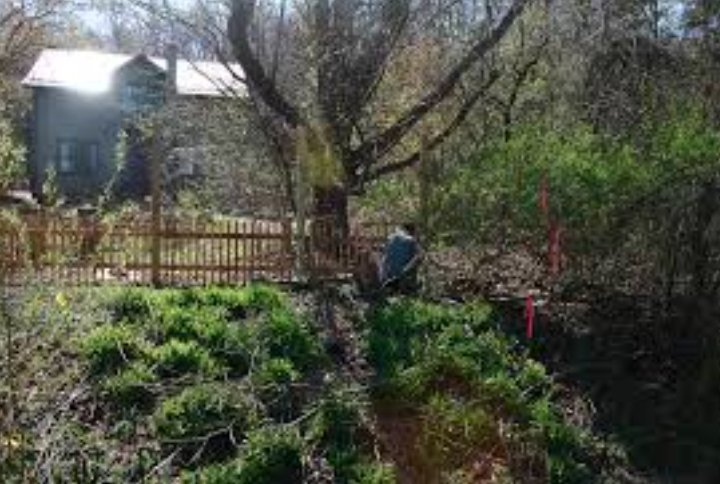The City of Grand Junction continues its dedicated efforts to conserve ash trees amidst the threat of the emerald ash borer (EAB). This invasive beetle has devastated ash tree populations across North America, and Grand Junction is taking proactive measures to protect its urban forest. The city’s conservation program includes regular monitoring, treatment of infested trees, and public education to raise awareness about the importance of ash trees and the threats they face.
Proactive Measures and Monitoring
Grand Junction has implemented a comprehensive monitoring program to detect the presence of the emerald ash borer early. This involves regular inspections of ash trees throughout the city, looking for signs of infestation such as D-shaped exit holes and canopy thinning. Early detection is crucial in managing the spread of the beetle and minimizing damage to the urban forest.
In addition to monitoring, the city has also employed various treatment methods to protect ash trees. These include systemic insecticides that are injected into the tree’s vascular system, providing protection from the inside out. These treatments are carefully timed to coincide with the beetle’s life cycle, ensuring maximum effectiveness. The city also prioritizes the treatment of high-value trees, such as those in parks and along streets, to preserve the aesthetic and ecological benefits they provide.

Public education is another key component of Grand Junction’s conservation efforts. The city has launched campaigns to inform residents about the emerald ash borer and how they can help protect ash trees. This includes guidance on identifying signs of infestation, proper tree care practices, and the importance of not transporting firewood, which can spread the beetle to new areas. By engaging the community, the city aims to create a collective effort in conserving ash trees.
Community Involvement and Education
The success of Grand Junction’s ash tree conservation program relies heavily on community involvement. The city has established partnerships with local organizations, schools, and residents to foster a sense of shared responsibility for protecting the urban forest. These partnerships have led to various initiatives, such as tree planting events, educational workshops, and volunteer programs.
Tree planting events are organized to replace ash trees that have been lost to the emerald ash borer. These events not only help restore the urban forest but also provide an opportunity for residents to learn about tree care and the importance of biodiversity. By planting a variety of tree species, the city aims to create a more resilient urban forest that is less susceptible to pests and diseases.
Educational workshops are held to teach residents about the emerald ash borer and how to care for ash trees. These workshops cover topics such as identifying signs of infestation, proper pruning techniques, and the benefits of using systemic insecticides. By equipping residents with the knowledge and skills needed to care for ash trees, the city hopes to empower the community to take an active role in conservation efforts.
Volunteer programs are another way the city engages the community in ash tree conservation. Volunteers assist with monitoring efforts, tree planting events, and public education campaigns. These programs provide valuable support to the city’s conservation efforts and help build a sense of community around the shared goal of protecting ash trees.
Future Plans and Sustainability
Looking ahead, Grand Junction is committed to sustaining its ash tree conservation efforts and ensuring the long-term health of its urban forest. The city plans to continue its monitoring and treatment programs, adapting strategies as needed based on the latest research and best practices. This includes exploring new treatment methods and technologies that may offer more effective protection against the emerald ash borer.
The city also aims to expand its public education and community involvement initiatives. By increasing awareness and engagement, Grand Junction hopes to build a stronger, more resilient community that is equipped to protect its urban forest. This includes ongoing partnerships with local organizations, schools, and residents, as well as new initiatives to reach a broader audience.
Sustainability is a key focus of Grand Junction’s conservation efforts. The city is committed to planting a diverse range of tree species to create a more resilient urban forest. This includes selecting species that are well-suited to the local climate and resistant to pests and diseases. By promoting biodiversity, the city aims to reduce the risk of future infestations and ensure the long-term health of its urban forest.














